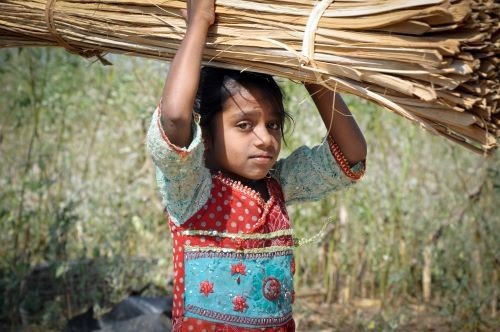Child labour has been one of the most pressing social issues in India for decades. Millions of children are forced to work in hazardous conditions instead of going to school and enjoying their childhood. To address this issue, the Indian government has implemented several laws and policies to regulate and eliminate child labour. It is crucial to comprehend India’s Child Labour legislation in order to understand the rights and safeguards afforded to children.
Legal Framework Against Child Labour
The Child Labour (Prohibition and Regulation) Act, 1986, as subsequently revised in 2016, is the main law regulating child labor in India. According to this law:
- Employment of children below the age of 14 years in any occupation is strictly prohibited.
- Adolescents between 14 to 18 years are allowed to work only in non-hazardous industries.
- Hazardous industries such as mining, construction, fireworks, and chemical factories are completely banned for children and adolescents.
The RTE Act, which grants education as a fundamental right to children between the ages of six and fourteen, also advances the campaign against child labor.
Key Provisions of the Child Labour Law
- Complete Ban on Child Employment: No child under 14 can be employed in any business, workshop, or household work.
- Adolescent Labour Regulation: Children between 14–18 years can only work in safe environments that do not affect their health or education.
- Employer Punishment: Anyone discovered to have broken the law is subject to fines ranging from ₹20,000 to ₹50,000 and a prison sentence of six months to two years.
- Protection of Child Rights: The law ensures children have access to education, health, and a safe environment for growth.

Challenges in Implementation
Despite strict laws, child labour still exists in various parts of India due to poverty, lack of awareness, and poor enforcement of laws. A lot of kids work in agriculture, at roadside kiosks, in household chores, and in little businesses. Social stigma and weak monitoring mechanisms also make implementation difficult.
The Child Labour Law in India is a significant step towards protecting children from exploitation and ensuring their right to education and a safe childhood. However, laws alone cannot solve the problem. Active participation from society, NGOs, and government agencies is essential to completely eliminate child labour and secure a brighter future for every child in India.
![]()





